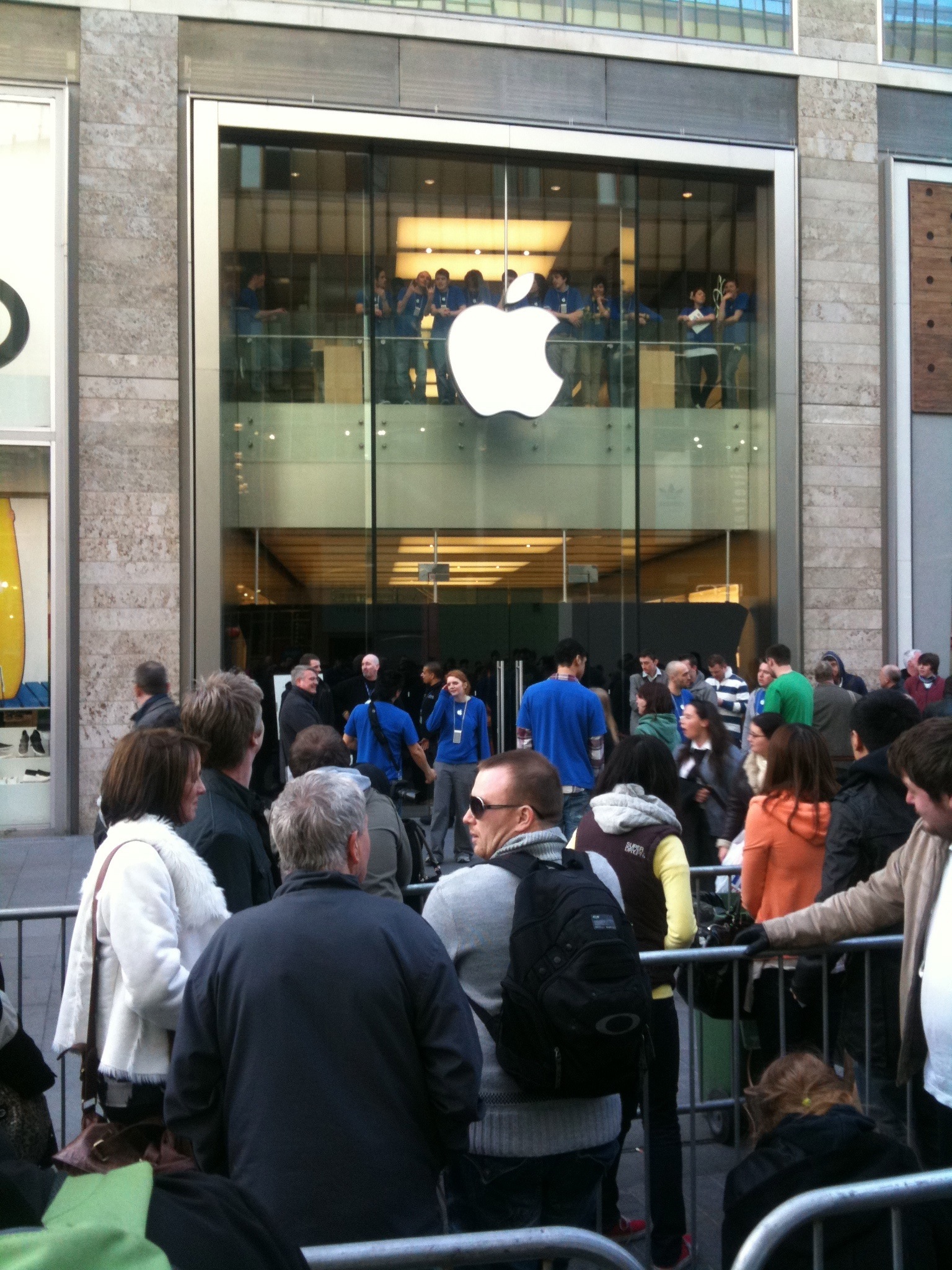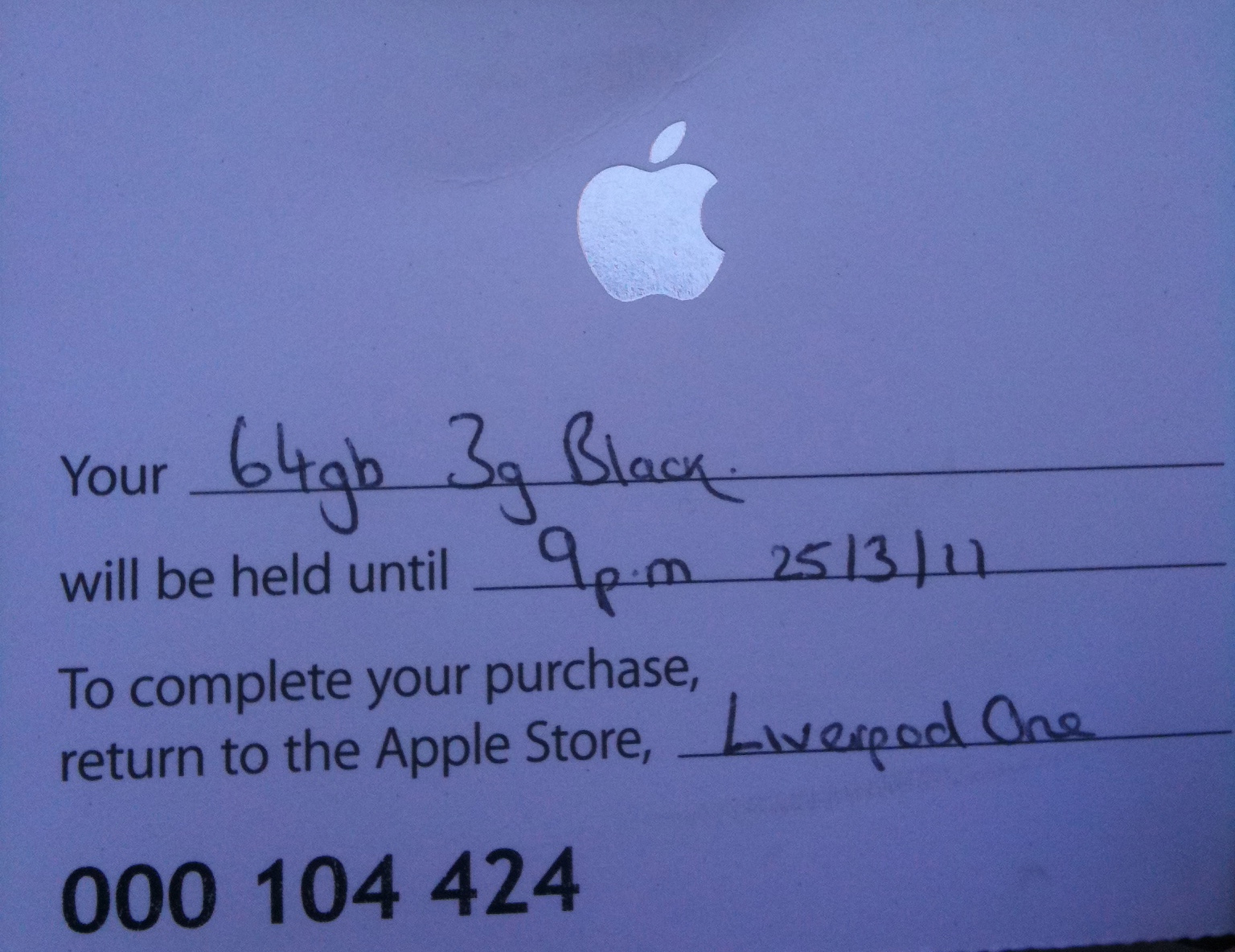Getting things done (GTD). A matter of discipline.
 Sunday, November 11, 2012 at 11:07PM
Sunday, November 11, 2012 at 11:07PM I wrote the bulk of this almost twelve months ago. Some of it is a little outdated, but most is still relevant and valid. I didn’t and don’t want to merely make it a list of application recommendations, although inevitably there will be some.
I'd love to be organised. Actually, I suppose I am quite good at keeping on top of most of my commitments and tasks, but inevitably, some tend to slip, or get put off, or simply forgotten.
With this in mind, and never being much of a list maker, I've been looking to technology to help me.
The trouble is, identifying exactly what I want to do and how it will fit in with my life pattern.
As far as the hardware goes I've no problem. I always have my smartphone (iPhone) with me, I have an iPad 2 which is almost always accessible and a desktop Mac at home. Whatever I use in the form of software must be able to work on all of my devices and synchronise automatically as I enter, modify or remove data.
It must be relatively simple to use, as there are many occasions where I need to quickly enter information on my iPhone whilst on the move or talking with a customer.
The last thing I want is to have to trawl through layers and layers of entry screens, only to find a simple touch in the wrong place deletes all that I have entered.
I started when I bought my first iPhone in 2007. Before that I had used traditional notebooks, calendars and diaries. For many years I had a Filofax, which, when they became popular in the mid 1980's were the height of sophistication and had huge pose factor. I remember using my Filofax in public places and getting the same admiring looks that the iPad got a couple of years ago. (Now, they are so commonplace, hardly anyone notices).
On the first generation iPhone, I used the Calendar app. Of course there were no third party applications available at that time. It worked reasonably well, but data entry was, and still is a little fiddly and slow on the small screen. I found that when I was with a customer, discussing a new project, it was far easier to take notes with a pen and paper, then transfer schedules and timings to my iPhone calendar later.
With the introduction of third party apps through the App Store a wide selection of organisational applications quickly became available. Until this time I had never considered adding photographs and sketches to notes. This was now possible, but not particularly practical, because the first generation of iPhone only had second generation GSM with rather patchy and unreliable Edge connectivity, so any file uploads were painfully slow.
The introduction of the iPhone 3G improved matters significantly, though because I was in the middle of an 18 month contract on my first generation iPhone, I didn't upgrade until the introduction of the iPhone 3GS. This was a phone capable of using the increasingly wide range of organisational apps.
Evernote stood out straight away, but it still didn't meet all of my needs. It was great for quick notes and snapping pictures to attach to the notes. The basic, free (ad supported) account was, and still is enough for me, primarily because it only forms a part of my organisational suite of applications. I've found that there's still no one perfect solution to my needs.
I'm fascinated and somewhat bewildered by people who profess to be GTD experts or gurus. Surely all they are doing is guiding people towards making better, more effective lists. It's easy to make a list, the hard part is the discipline required to work with the list; to keep up to date with entry and action. That's where I fail too often. It's deeply satisfying to create an organised, categorised list of things that need doing; to set targets and reminders. The point where I fall down, is making sure that the tasks are put into action in the order of priority set out in the list. I find myself picking out the easy ones and neglecting the ones that take time and effort. Soon, there is a mountain to be climbed, instead of a gentle uphill walk.
I find that I've still not settled on the ideal single application, but tend to use a variety of solutions to meet my varied needs. It works for me. Sort of.
I said earlier, that whatever I used had to synchronise with all of my devices, yet I find that the app I am using the most, Thinkbook, from Emiliano Molina at Bitolithic doesn't. It’s an iPad only app. It became popular when it was first launched, with its quirky interface, and I took the time to learn and appreciate it. Sadly there has been minimal development since. The most notable change being a new icon.
More recently I’ve been experimenting with Awesome Note HD, from BRID on the iPad which has plenty of useful features; there’s even an iPhone equivalent, but development seems to have slowed and syncing data is positively archaic in it’s implementation.
I am also enjoying using Clear from Realmac Software. It is an excellent note application with a lovely gesture based interface. Although there’s no real depth to it’s functionality it benefits from having both iOS and Mac desktop clients and syncing over iCloud. It is great for taking and organising short notes and priority lists.
For the future I have been looking at 2Do from Guided Ways Technologies. This has been getting some very good reviews, it is cross platform and syncs over iCloud or Dropbox. It is more expensive than many, but that may not be an issue if it does what I want it to do.
Last but not least is OmniFocus from The Omni Group. I hear nothing but good reports about OmniFocus, Admittedly some of these have been from bloggers and podcasters with perhaps, a promotional relationship with the company, but there’s no doubt that this is the high end of organisational, task management applications. I’m absolutely sure that it is worth the price Omni charge for it, but that, coupled with the fact that it is probably overkill for my fairly simple needs has meant that I have not tried it, and probably won’t.
My organisational needs are currently fulfilled by a combination of the following applications.
Calendar
Evernote
Clear
Reminders
Notes
ThinkBook
Awesome Note HD
On the Mac, I use BusyCal and Fantastical instead of the Apple Calendar.
I also use Siri to create notes and reminders on my iPhone.
As I’ve repeated throughout this article, you will find the tools to do what you want to do, even if they are a selection of apps that don’t all work in perfect harmony with each other and on different platforms. The hardest part is developing and maintaining the personal discipline required to run an efficient and functional GTD system.




